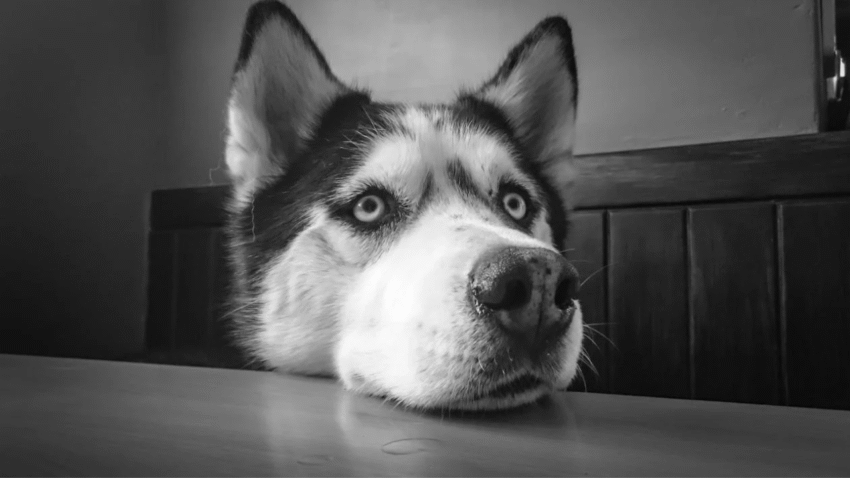Introduction
Does your dog gulp down food in seconds flat? Are you worried about choking, vomiting, or long-term health problems? Learning how to stop your dog from eating too fast is more important than many dog owners realize. Eating too quickly can lead to digestive issues, discomfort, or even serious conditions like bloat. In this guide, you’ll discover why it happens and how to safely slow your dog’s eating habits using simple, effective strategies.
Why Fast Eating Is a Problem for Dogs
While it may seem harmless or even amusing, rapid eating can cause real health risks:
- Choking or gagging on food
- Vomiting shortly after meals
- Digestive upset like gas or diarrhea
- Bloat (Gastric Dilatation-Volvulus): a life-threatening condition, especially in large breeds
Fast eating also increases food aggression in multi-pet households and may cause your dog to miss signals of fullness, leading to overeating or obesity.
Helping your dog eat slower supports better digestion, reduces stress at mealtimes, and promotes long-term health.
Step-by-Step Guide to Slowing Down Your Dog’s Eating
Here are proven strategies to get your dog to slow down and eat more calmly.
1. Use a Slow Feeder Bowl
Slow feeder bowls have raised patterns inside the dish, creating small compartments that force your dog to work around obstacles to get to the food.
Benefits:
- Slows eating time significantly
- Provides mental stimulation
- Reduces vomiting and gas
Choose one appropriate for your dog’s size and feeding style—there are many shapes and materials available.
2. Try a Puzzle Feeder or Interactive Toy
Puzzle feeders require your dog to move parts, spin pieces, or paw at openings to access small amounts of food at a time.
Popular options:
- Treat balls
- Snuffle mats
- Slider puzzles
- Kong toys filled with food
These feeders provide entertainment while preventing gulping, especially for dogs that eat due to boredom or anxiety.
3. Feed Smaller Portions More Frequently
Instead of two large meals per day, split your dog’s food into 3 or 4 smaller portions throughout the day.
Benefits:
- Reduces excitement and hunger intensity
- Helps your dog feel full without rushing
- Eases pressure on the digestive system
Use this approach temporarily while building slower eating habits.
4. Use Muffin Tins or Cupcake Trays
Divide your dog’s food into a muffin tray or multiple small dishes. The separation makes it harder to gulp and encourages slower, deliberate eating.
How to do it:
- Spread the food equally across the cups.
- Place on the floor or raised mat.
- Monitor to ensure your dog eats each portion calmly.
For extra challenge, flip the tray upside down and spread the food between the ridges.
5. Hand Feed Your Dog
Hand feeding builds trust and helps dogs slow down by controlling how much food they get at once. It’s especially helpful for puppies or rescue dogs prone to anxiety or food guarding.
Tip: Keep the experience calm and positive—no teasing or withholding food unnecessarily.
6. Add Obstructions to the Bowl
Place a large object (safe and clean) inside your dog’s regular bowl, like:
- A large rubber ball
- An upside-down small bowl
- A safe, heavy toy
This forces your dog to eat around it, naturally slowing their pace. Just make sure the object is too big to swallow.
Common Mistakes to Avoid
Here are some things to steer clear of when trying to slow your dog’s eating:
1. Punishing Fast Eating
Scolding your dog won’t teach them to slow down—it may increase anxiety and make the problem worse. Use positive methods that encourage a relaxed eating routine.
2. Ignoring Underlying Issues
Dogs that eat fast might be dealing with:
- Food insecurity from past experiences
- Competition from other pets
- Hunger due to underfeeding
- Anxiety or boredom
Addressing the root cause is key to lasting improvement.
3. Letting the Problem Persist
Don’t wait until your dog chokes or gets sick. The longer the habit continues, the harder it is to change. Take action early to prevent complications.
4. Feeding in High-Stress Environments
Busy, noisy, or competitive feeding areas can make your dog rush. Always provide a quiet, safe space for meals—especially if you have multiple dogs.
Extra Tips & Recommendations
Here are a few additional tricks to help improve your dog’s mealtime habits:
1. Elevate the Bowl (If Needed)
For larger breeds, raising the bowl slightly (at shoulder height) can help digestion. However, check with your vet—some studies suggest elevated bowls may increase the risk of bloat in deep-chested dogs.
2. Make Mealtime a Training Opportunity
Use a portion of your dog’s meal as rewards during obedience or trick training. This not only slows eating but builds better behavior and mental focus.
3. Rotate Feeding Tools
Keep things interesting by rotating between slow feeders, puzzle toys, and interactive methods. Dogs love novelty, and this also prevents new boredom-driven fast eating.
Conclusion
If your dog eats like there’s no tomorrow, don’t panic—there are simple, gentle ways to fix it. By using slow feeder tools, spreading out portions, and creating a calmer feeding environment, you can turn mealtime into a safe, relaxed experience. Slowing down eating helps prevent serious health issues and makes your dog’s daily routine more enjoyable.
🐾 Take the time now to train slow eating—and your dog’s body will thank you later.
🍽️ For more practical dog care guides, stick with us every step of the way!
